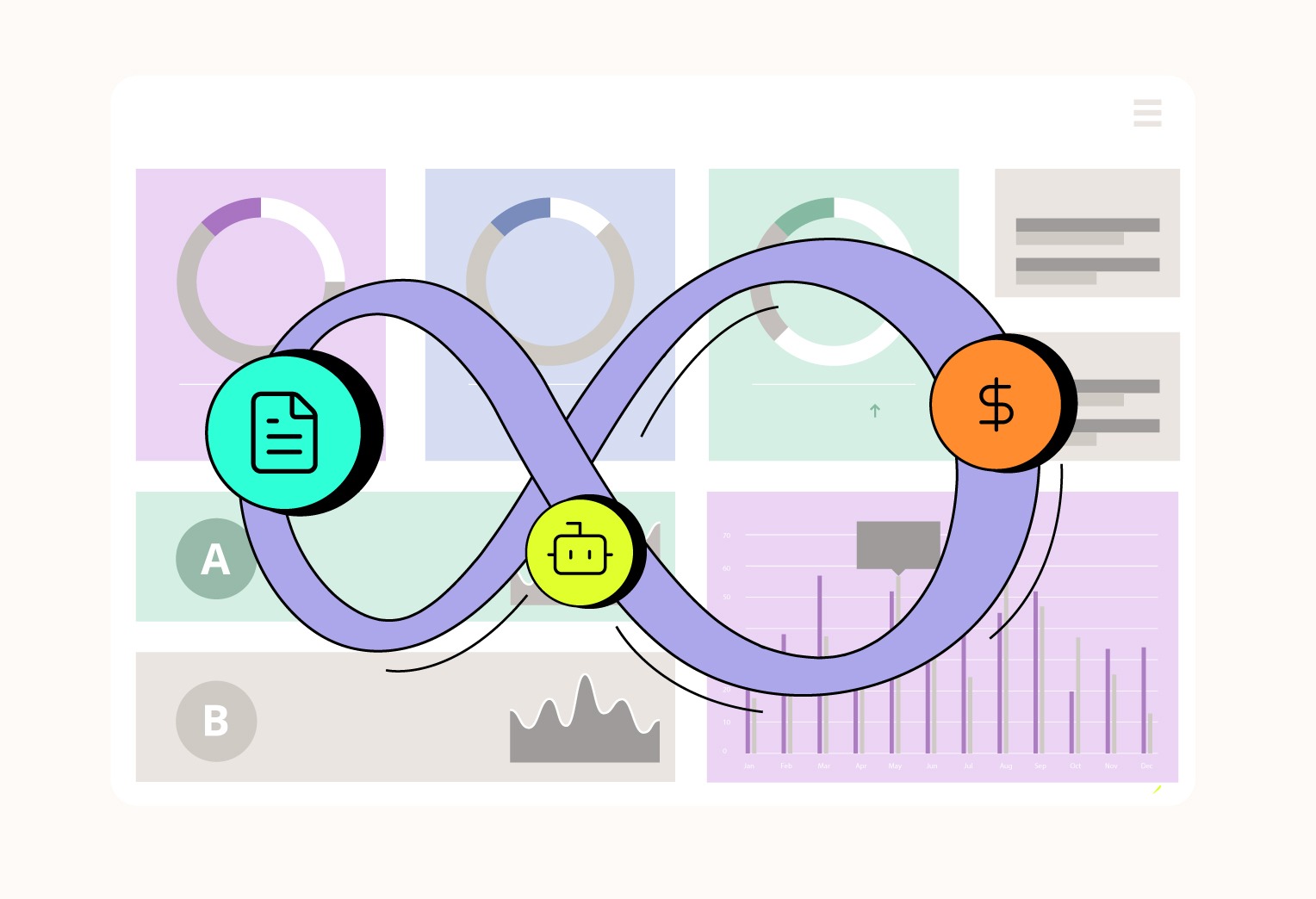All business leaders need to understand the period-over-period fluctuations in their business performance to take control of situations. Flux analysis, short for fluctuation analysis, enables leaders to spot variations in trends quickly and act fast.
The significant business challenge
As businesses grow, the volume and complexity of financial data can make it difficult for leaders to track and manage performance. Flux analysis can help by providing a way to measure and compare performance over time, identify trends, and understand the underlying causes. This can be done at both a high level and a transaction level, providing leaders with the insights they need to take timely corrective action.
A survey of CFOs by Everest found that 92% of respondents agreed that improved performance analysis and data visibility are high-return-on-investment (ROI) areas for their organizations.
Understanding flux analysis
Flux analysis is a method of comparing revenue and expense transactions over time to identify trends, anomalies, and areas for improvement. It can be performed on a weekly, monthly, quarterly, or annual basis, depending on the metric and the desired level of analysis.
The analysis is typically performed on the following financial statements:
- Profit and loss (P&L) statement: This statement shows the company's revenue, expenses, and profits over a period of time. Flux analysis can be used to identify trends in revenue and expenses, as well as to identify areas where the company can improve its profitability.
- Cash flow statement: This statement shows the company's inflows and outflows of cash over a period of time. Flux analysis can be used to identify trends in cash flow, as well as to identify areas where the company can improve its liquidity.
- Balance sheet: This statement shows the company's assets, liabilities, and equity at a particular point in time. Flux analysis can be used to identify trends in the company's solvency position, as well as to identify areas where the company can improve its financial stability.
Flux analysis can also be used to understand performance over time and to monitor trends. This information can be used to create more reliable forecasts and budgets.
Benefits of flux analysis
#1 Improved financial visibility and predictability
Flux reporting is a process of analyzing all revenue and expense transactions at a granular level to gain insights into the underlying factors that drive financial performance. This can be done on a historical basis to understand what has changed over time, or it can be used to forecast future performance.
Flux reporting can be used to identify:
- Trends: By comparing revenue and expense transactions over time, flux reporting can identify trends in financial performance. This can help businesses to understand what is driving their growth or decline, and to make informed decisions about their future strategies.
- Anomalies: Flux reporting can also identify anomalies in financial performance. This could be anything from a sudden spike in expenses to a drop in sales. By identifying these anomalies, businesses can take corrective action to prevent them from becoming problems.
- Opportunities: Flux reporting can also identify opportunities for improvement. For example, if a business is spending more on marketing than it used to, flux reporting can help to identify which marketing campaigns are most effective and which ones are not.
- Risks: Flux reporting can also help businesses to identify risks. For example, if a business is experiencing a decline in sales, flux reporting can help to identify the underlying causes of the decline and to take steps to mitigate the risk.
🚀[Example] By analyzing income statements, businesses can gain real-time insight into identifying the deal that led to a drop in the company's profitability, the vendor that caused an 11% MoM increase in tool cost, and the campaign with the lowest ARPU.
#2 Spot early warning signs
Financial statements are a snapshot of a company's financial health at a particular point in time. By analyzing these statements, businesses can gain insights into their revenue, expenses, assets, liabilities, and cash flow. This information can be used to identify trends and patterns that may not be immediately apparent, such as slow revenue growth or high debt levels.
🚀[Example] If a business's liquidity ratios are declining over time, this means that the company is having difficulty meeting its short-term obligations. This could be a sign of financial distress, and businesses should take steps to address the issue.
#3 Benchmark performance
Flux analysis can be used to benchmark a company's performance against its competitors or industry averages. This can help businesses understand how they are doing in comparison to others in their industry and identify areas where they can improve.
🚀[Example] If a company's revenue growth is slower than the industry average, this could indicate that the company needs to take corrective action, such as increasing its marketing efforts or diversifying its product line.
#4 Support long-term strategy
Flux analysis can help businesses take action in real-time to optimize resource utilization and ROI. By analyzing financial statements over time, businesses can make better long-term decisions and identify areas where investment is needed to achieve their objectives. Flux analysis can help businesses regain control of their budgets and ensure high investment returns.
🚀[Example] A company is planning to launch a new product. Flux analysis can be used to identify trends in customer demand for similar products. This information can be used to determine the potential market for the new product and to set realistic sales targets.
See flux analysis in action
An e-commerce business was struggling with financial difficulties due to high costs and low profit margins. The CFO, concerned about the company's financial performance, decided to conduct a flux analysis.
The flux analysis revealed that the company had high costs for goods sold from two suppliers, high marketing expenses from one marketing channel, and high logistics expenses due to increased return rates. These factors were all contributing to the company's low profit margins.
The CFO also compared the company's performance to its competitors. The analysis showed that the company's expenses were higher than its competitors and that its profit margins were lower.
With the help of flux analysis, the CFO was able to identify areas where the company needed to improve in order to increase profitability. He decided to focus on reducing expenses by negotiating better deals with suppliers, optimizing logistics, and cutting back on marketing expenses. He also chose to focus on increasing revenue by launching new product lines, expanding into new markets, and focusing on customer retention.
By making data-driven decisions based on the flux analysis, the CFO was able to improve the company's financial performance. The company was able to reduce expenses and increase revenue, which led to increased profit margins and the achievement of its financial goals.
Key takeaway
Flux analysis is a powerful tool in a business arsenal. It should be used in conjunction with other analysis and evaluation methods to get a holistic view of the business performance and identify areas of improvement.




.jpg)